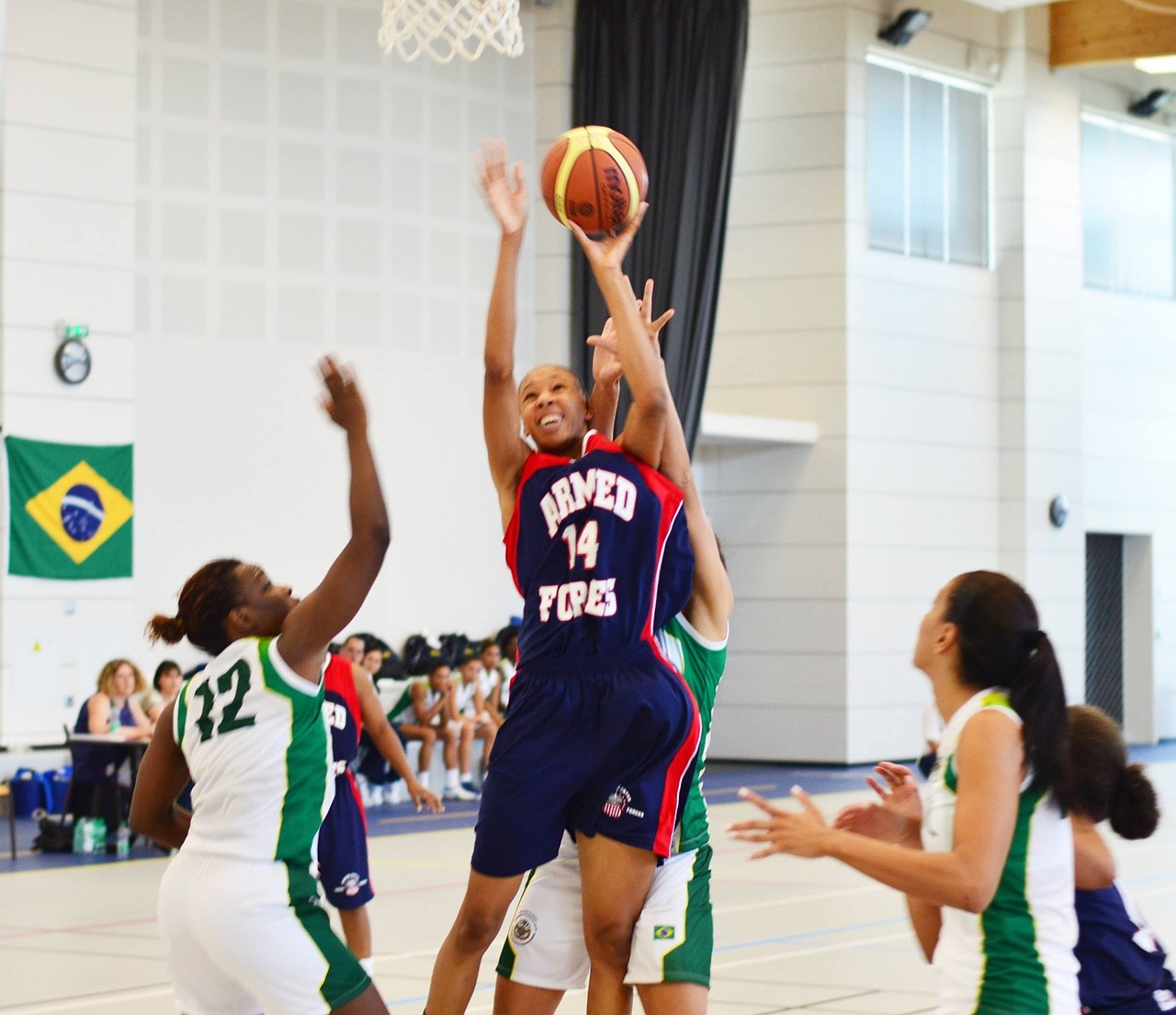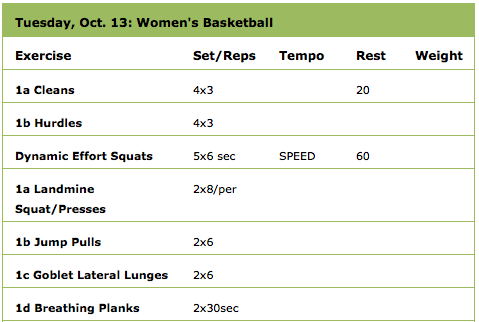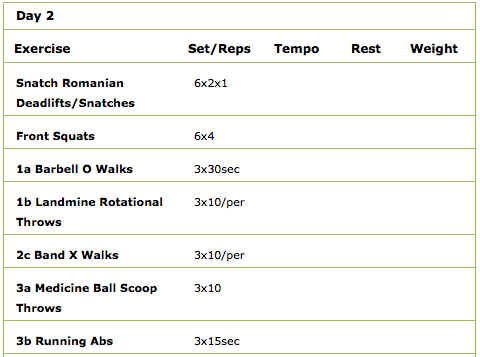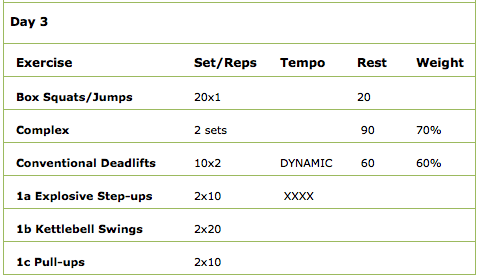
Put yourself in my shoes for the next seven or eight minutes of your life. As I ask you to do this, remember that my shoes are really old. I’m going to ask you to go back to a time in 2001.
I was a young, dumb graduate assistant strength coach at VCU. I was very lucky to have a great boss in Tim Kontos, and I was able to train with my great friend Jim Roney. Tim was a former competitive bodybuilder and was still competing in powerlifting in between surgeries (this dude has overcome every injury you can have). elitefts™ was a baby back then. I think there were three total employees. I remember visiting the “office,” which had a hole in the wall to get to the weight room. There wasn't any such thing as Facebook for sharing ideas or bashing others and telling them why what you were doing was better than what they did.
The year 2001 was a wild time. For you young kids, we all didn't have cell phones (I know I didn’t). The websites available for learning about strength and conditioning consisted of elitefts™, deepsquatter and cyberpump for the HITT crowd (who remembers that?).
Being in Richmond was fun back then. We had a terrible weight room, but I remember learning so much about myself in that dungeon. I owe so many people thanks for keeping my screw ups to a minimum. The University of Richmond was just down the road from us at VCU and I used to go over there quite often to speak to the strength staff or train with those guys. I trained with Jim Roney (a 165-pound powerlifter with a 650-pound squat), Jason Riddell (the dude always said words that I didn’t know), Jay Demayo (I still don’t know some of the words that he says), Matt Delancy (the current strength coach at the University of Florida and a strong dude) and Darin Thomas, the head guy then at the University of Richmond. When I was there, Darin would say many times that his philosophy was keep it simple stupid (KISS). I’ll admit this now, but I would hear this and think, "This guy is so old and just doesn’t get it." Clearly, my one year of experience made me ready to judge all other coaches. For those of you still in my shoes, I hope you're either admitting that you’ve done this as well or you're realizing that you do this now and need to stop.
As I mentioned, the information superhighway was more of a cart path back then. So during that wild west time, we were limited as to how much information we could get. I remember trading the old Westside VHS tapes (which I still own). It’s funny how I knew so much then and now realize that I don’t know much. The answer to everything back then was do max effort squats (make sure that it’s never a deadlift), always PR and, when in doubt, do what I think Louie would do. Clearly, I had tunnel vision as to what I thought needed to be done. It’s very easy now to see the mistakes I was making, but rarely can we see our mistakes as we're making them.
As you can tell from the last few paragraphs, I was having a blast meeting some cool people, yet I was clueless as to what I needed to be doing. Fast forward 15 years and here I am trying to help other strength coaches not make all the mistakes that I made. The first thing I should've done was listen to Darin when he said KISS. Darin is still a friend and I respect him for staying in this profession as long as he has. While I still make many mistakes, I think I finally have the KISS thing down. I'll show you how it works for me.
Programming KISS
I see many strength coaches with super complex Excel sheets that have a warm up followed by a highlighted area called neural preparedness. Then ACL preventative work begins followed by an energy systems warm up. Then the lift begins. The first exercise is 17 steps with five bullet points after the exercise. Oh yeah, and that first exercise is always listed as a dynamic work lift. Each weight is based on percentages, and there are five warm-up sets beginning with 30 percent and then 40 percent, 50 percent, 60 percent and 63.7 percent. Then there are work sets at 65 percent of the daily max weight. OK, now the athlete is almost prepared to lift. But in between each set we have ankle mobility work, so don’t forget to do this as well (but only on working sets).
RELATED: Five Things the Average Athlete Program is Lacking
I really hope that no one's program is actually that confusing, but you get the idea. While I love the science, remember that your athletes don’t! If you tell me your athletes love the science, then 90 percent of them should become strength coaches, right?
Here are some things that I do to keep all this simple while still trying to get all the same work done:
- I never list the warm up on the workout. I don’t add it there for many reasons. You don’t want to confuse the athlete with too many words, and I change the warm up each day based on how the athletes walk into the room. If they walk in jumping up and down ready to train, why not ride that wave? If they come in complaining that they're sore, do some work to loosen them up. If they come in moving slowly, do some things to get them sweating. You'll run into all of this and every variation, so be prepared but be flexible.
- I don't add warm-up sets for the core lifts. I allow my athletes to pick the warm ups that they want or need within reason. On the first lift, everyone must hit the bar first for at least five reps. From there, as long as it isn't larger than a 50-pound jump, I let them pick (females are different weight wise). The downside is that a lazy athlete will try to do less work. I understand this, but this is my job as a coach. Don't allow them to be lazy on your watch!
- I change our Excel sheet at least once a year, but if I add something, I either need to take something away or justify why both are necessary.
- I don't make it fancy just for fancy's sake. Remember, you are the coach. The workout sheet is just a place to record what you did. In theory, I could tell them what to do and record it in a notebook.
Here is an example of one of our training weeks so that you can see how I organize the sheet:
As you can see, this is three days of programming for women's basketball pre-season lifting. Even the lift itself still follows the KISS theory. We do fast to slow (generally) and big to small, and each day is a full body lift. With this team, until season they jump at least twice a week with me, they always have some explosive lift, and they do very little max effort lifts. Also, almost all our accessories are done in supersets or sometimes as hub and spoke work. If you aren't familiar with this type of work, it's a superset where you have one main exercise that you always return to and all other exercises cycle in and out of that superset. An example is a front squat for 8 X 2 as the hub. The spokes would be dumbbell bench presses for 2 X 10, pull-ups for 2 X 10, planks for 2 X 10 and body saws for 2 X 10. In this example, the athlete squats and then benches. Then the athlete goes back to the squat, then does pull-ups, then goes back to the squat, then goes to planks, then goes back to the squats and goes to body saws. Repeat all this and you will have done the entire hub and spoke work.
Knowing that KISS is important, always keep in the back of your mind that lifting is GPP work for the athlete. Our job is to make leaner, more explosive athletes. It's the coach's job to coach the sport, so fancy will more often than not just confuse people. With that said, I’m sorry for not listening, Darin.















This is a problem that we all run into. I have an administrator who told me we should have specific workouts for each individual athlete on campus. This is not only not possible logistically but a bad idea for a team as well. The key here is to communicate and to develop trust. As with anything I win some here and lose some but will keep fighting the good fight.